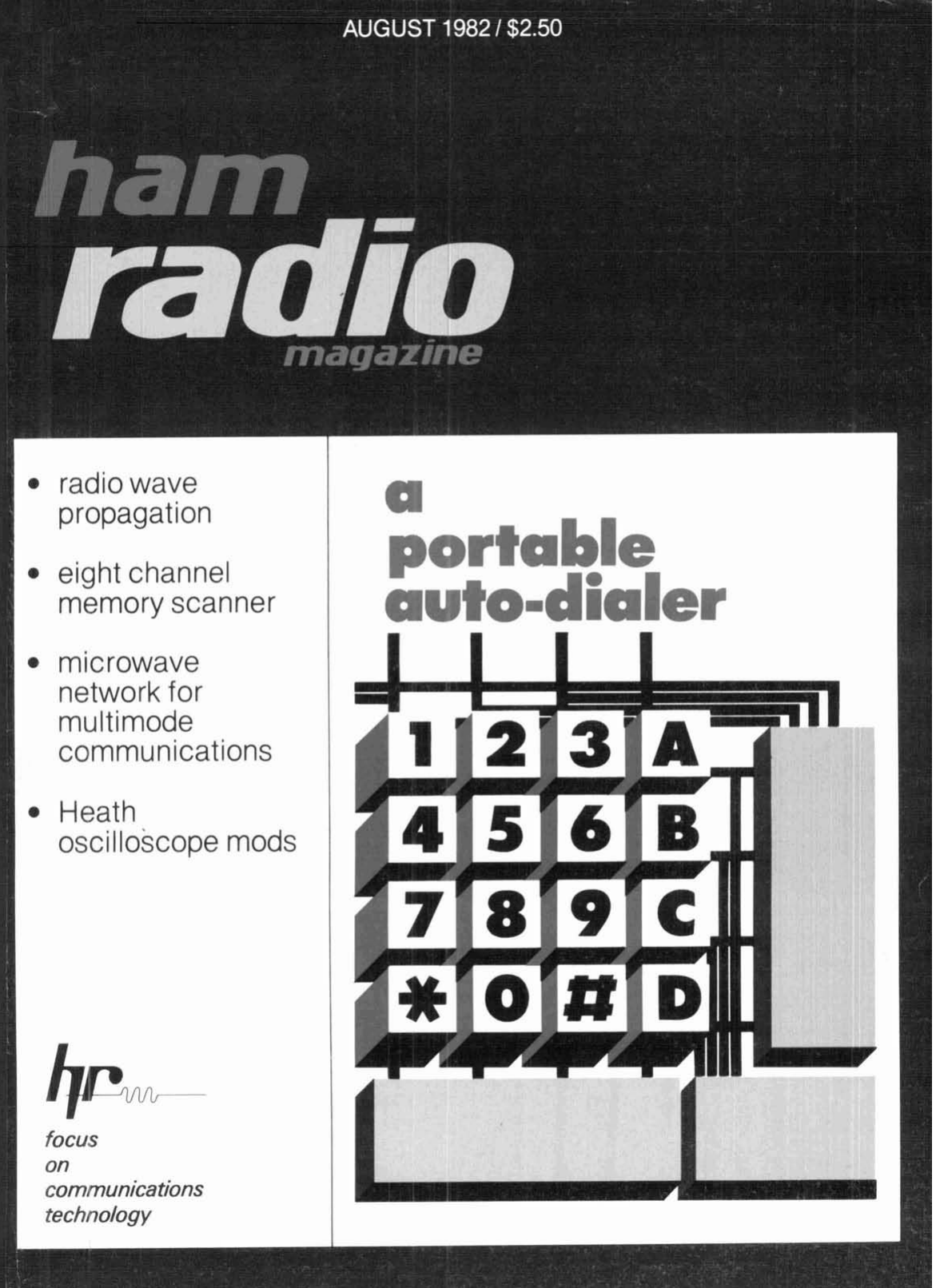

- #Comm. quarterly winter 94 vlf receiver movie
- #Comm. quarterly winter 94 vlf receiver full
- #Comm. quarterly winter 94 vlf receiver code
- #Comm. quarterly winter 94 vlf receiver free
NiMH batteries will read lower on the meter by 0.5 volt. Set meter reading to 100 percent with new fresh batteries at a total of 3 volts, if only for calibration. SW1 = momentary pushbutton switch for battery test function. R13 = approximately 500 ohms, for battery test meter function, but exact value will be based on your meter. High resistor value allows DC thru but blocks any RFI that might come from connected recording equipment. BFO drive levels of 0.1 volt to 1.5 volt are input to the BFO jack. This resistor keeps the BFO drive level to a low managable value, and increases dynamic range when operating in BFO mode. We will be using rechargeable batteries so these have a slightly less voltage than standard AA batteries, so we did all testing with them. Use fresh batteries or newly recharged batteries for the calibration.

#Comm. quarterly winter 94 vlf receiver full
Make sure that the strongest signals will give a slightly past full scale reading for best performance. Adjust this value so meter will not slam off scale on strongest signals. Exact value depends on your meter's sensitivity. Some VLF signals increase greatly at night so you may need to adjust your meter level to match your research needs based on this fact. However, if you want less meter sensitivity on your receiver you can adjust R8 to match your exact requirement. Correct adjustment will give you the highest sensitivity of your signal meter, regardless of what type of analog meter you are using. Be sure to use fresh or fully charged batteries during this calibration. The correct adjustment is the following for highest signal sensitivity: The meter should just barely indicate (it should move about the width of meter's pointer) above 0 when power is turned ON with nothing connected to the receiver. NOTE: You may want to use a 50 K trimmer resistor for precise adjustment of the signal meter. Omit this part if quick meter response is desired.Ĭ8 = 500 pF mica capacitor or other high Q type low loss capacitor. We used 2N4142 NPN transistors in our receiver.Ĭ7 = 470 uF. Q1, Q2, Q3, Q4 = 2N4124, or 2N3904 NPN small signal transistors. Stormwise part # AMVC-384 $ 20.00 each + s/h. Wire in as shown in the diagram and photos. NOTE: Do not omit RFC1, it provides the needed signal blocking to force the received signals into the Q2 audio detector stage. RFC1 = 144 turns # 28 wire wound on separate FE core.
#Comm. quarterly winter 94 vlf receiver free
Don't overdrive it, you'll loose headroom on signal strength measurements, but feel free to experiment, depending on your needs. NOTE: 元: 1 turn is -ALL- that is needed to effectively couple the BFO signal into the FE core. Note L2: 12 turns works well from 10 KHz - 300 KHz with FE part. L2 = 12 turns # 22 copper magnet wire wound on FE. NOTE: In our receiver we changed L1 to 2 turns on 06-26-2015, giving much better selectivity performance. NOTE L1: Selectivity is the ability of the receiver to separate stations on the dial. L1 = 4 turns # 22 copper magnet wire wound on FE. Tuned Antenna required: Any Stormwise SER22T antenna for use in bands between between 10 KHz to 300 KHz.įE = Stormwise VLF-LF Transformer Core # 1 $ 7.00 each + s/h. A sudden drop in recorded signal strength at night indicates you may have recoreded an astronomical event. You can also watch WWVB fade out an hour before local sunrise, and signal level increases at night an hour after sunset each day. Monitoring WWVB's signal strength can allow detection of solar flares, x-ray bursts, gamma ray bursts, or other space events that greatly disturb the ionosphere, causing a sudden drop or increase in signal strength. At night this effect dissipates and WWVB comes up to full signal strength. The signal from WWVB fades or is weaker during the daytime due to solar atmospheric ionisation. The receiver has a signal strength DC output available to allow recording of received signal strength to a chart recorder app.
#Comm. quarterly winter 94 vlf receiver code
The intended application of this receiver is to monitor signal strength of time code station WWVB at 60 KHz.
#Comm. quarterly winter 94 vlf receiver movie
View 12 second movie of receiver working on breadboard, receiving WWVB 60 KHz time signal station.īuild this sensitive 4-transistor VLF-LF Radio Receiver for 10 KHz - 300 KHz.

We will move it to a permanent box with soldered connections. This is how we built it at first for testing. It works even when built like this on a solderless breadboard. View 1 minute movie of completed receiver, working and receiving WWVB 60 KHz time signal station. See at the bottom of the page the data we collected. We used this VLF receiver to 'view' the big American solar eclipse of 2017.


 0 kommentar(er)
0 kommentar(er)
